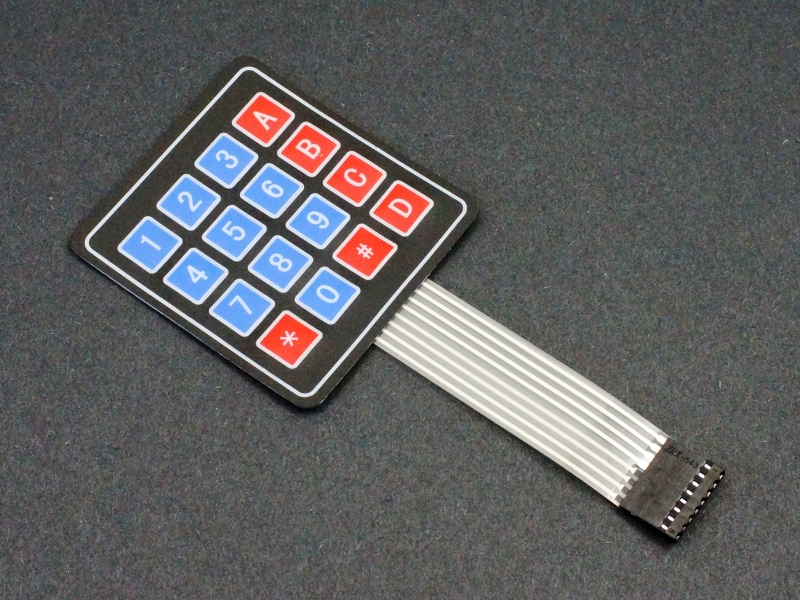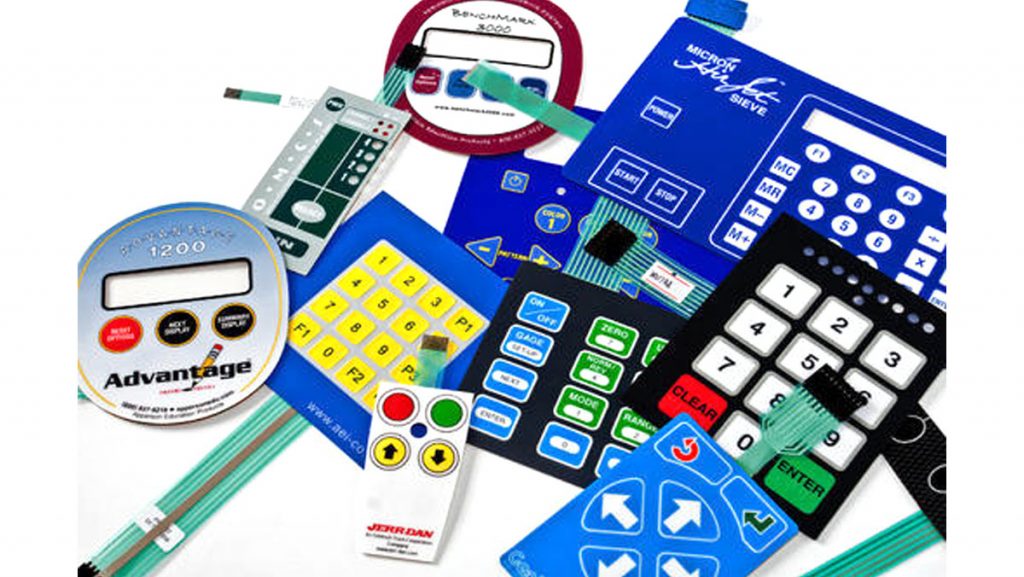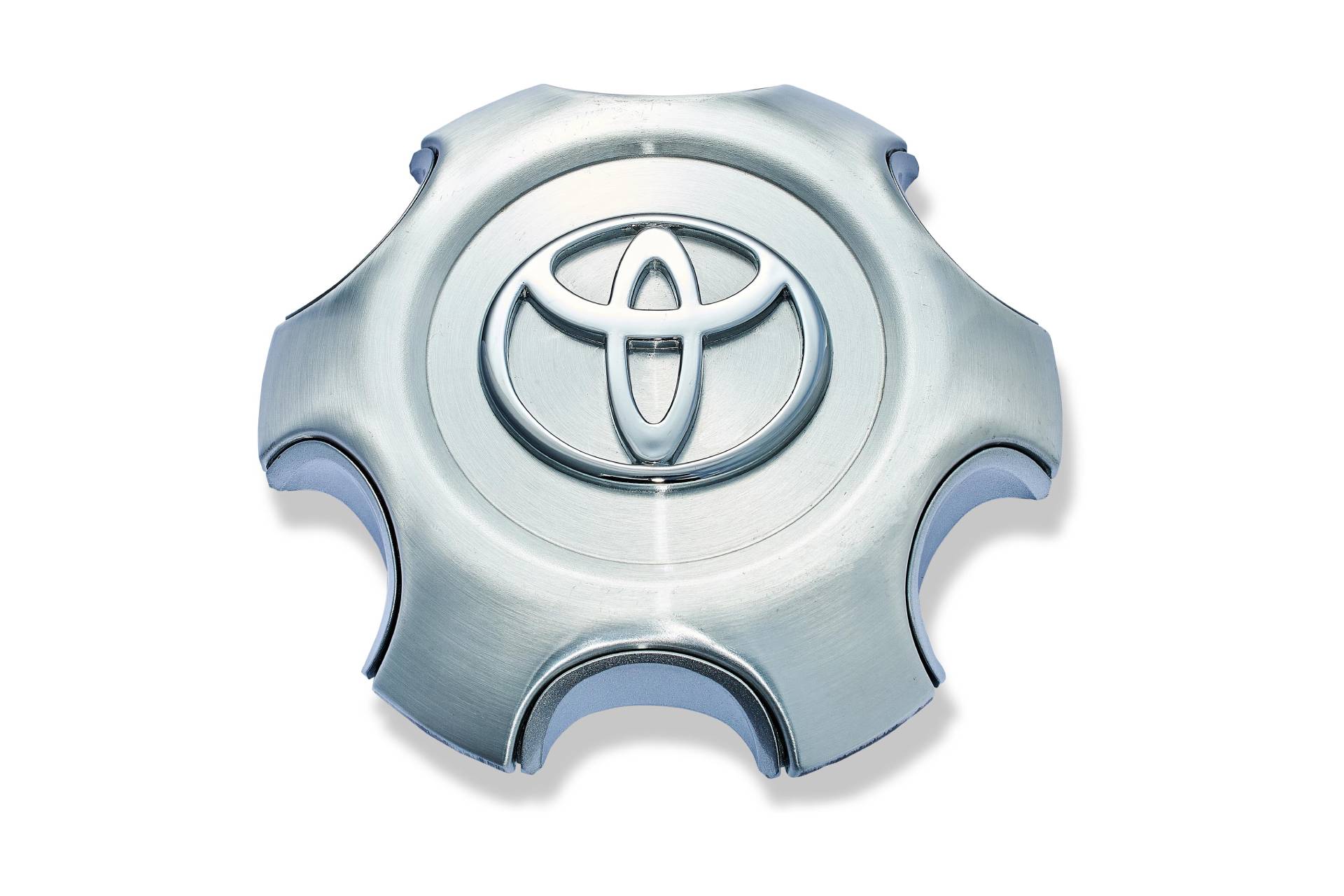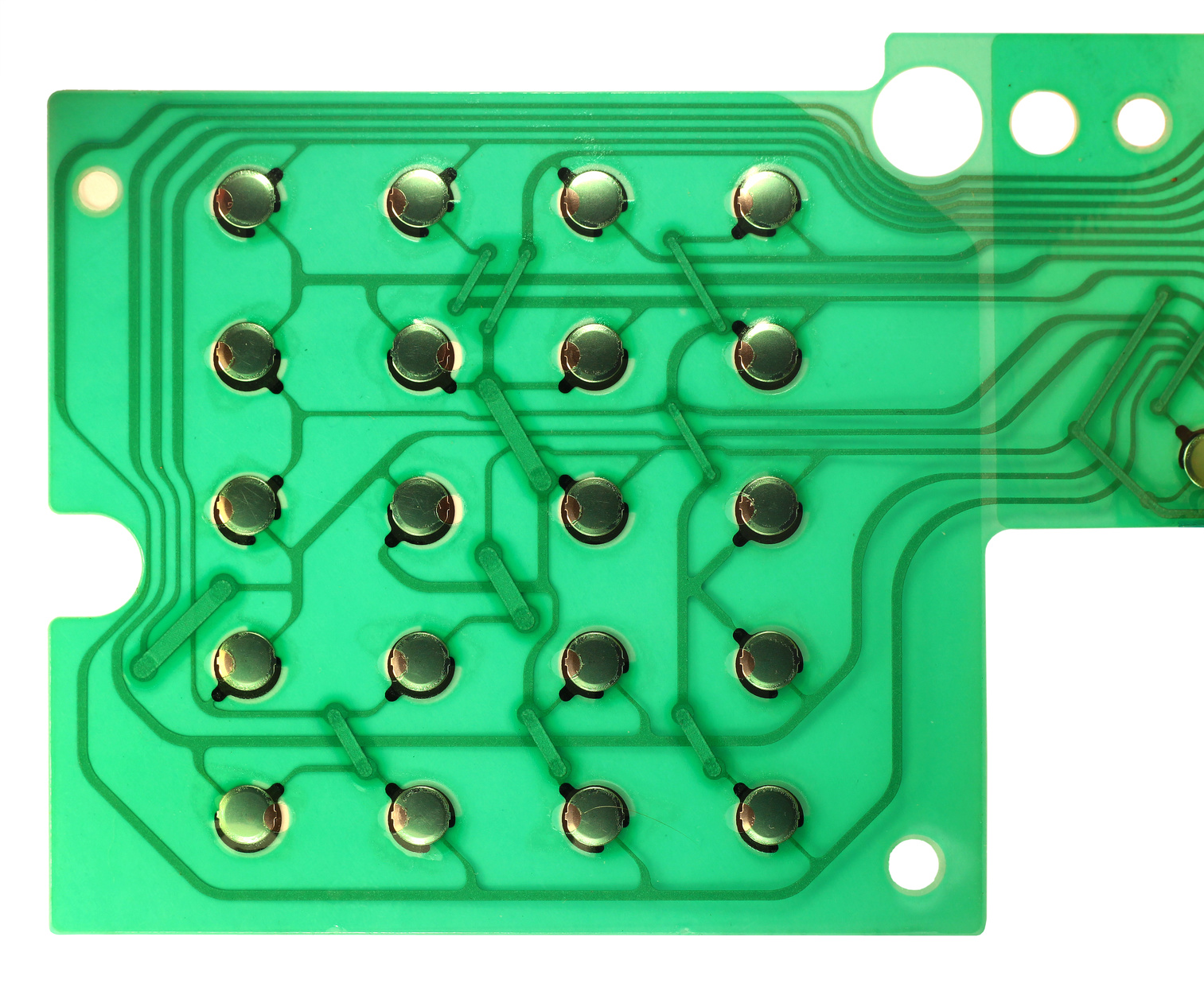Ensuring Quality and Longevity with Membrane Switches in Electronics
Ensuring Quality and Longevity with Membrane Switches in Electronics
Blog Article
Understanding the Relevance of Membrane Switches in Individual Interfaces
Membrane buttons are essential elements in the design of effective customer interfaces, facilitating not only performance yet also boosting aesthetic appeal and user communication. As we discover the different benefits and future patterns connected with Membrane modern technology, it becomes clear that these switches are extra than just parts; they stand for a convergence of development and practicality.
What Are Membrane Switches?

The spacer layer, which consists of sticky properties, permits the separation of the circuit layer from the overlay, guaranteeing that the switch continues to be in a non-activated state till pushed. When stress is used to the overlay, it compresses the spacer layer, linking the void and completing the circuit in the underlying layer. This style not just minimizes the physical space needed for conventional mechanical switches but also enhances the resilience of the device, as Membrane buttons are usually immune to dust, moisture, and various other ecological factors.
Typically found in applications ranging from customer electronic devices to medical devices, Membrane buttons are important to modern technology, supplying a efficient and easy to use user interface that aligns with modern layout requirements.
Advantages of Membrane Buttons
While various switch modern technologies exist, Membrane Switches offer unique advantages that make them specifically preferable in different applications. Among the main advantages of Membrane buttons is their small layout, which permits space-saving implementations in tools where property is limited. Their slim account not just boosts visual allure yet likewise facilitates light-weight building and construction.
One more significant benefit is their resistance to environmental elements. Membrane buttons are commonly sealed versus dampness, dust, and impurities, making them excellent for use popular atmospheres, such as clinical devices and industrial tools. This resilience extends the lifespan of the button, reducing upkeep costs and enhancing integrity.
Additionally, Membrane buttons can be customized to satisfy particular design demands, integrating unique graphics and shades that boost user interaction. Their responsive feedback alternatives can also be customized to provide a gratifying customer experience. In addition, Membrane buttons are cost-efficient, specifically in high-volume applications, as they can be created efficiently.
Applications in Various Industries

In the customer electronic devices industry, Membrane buttons are prevalent in gadgets such as microwaves, cleaning makers, and remotes. Their responsive responses and visual options improve individual experience while providing a smooth, modern-day appearance. In addition, automotive producers utilize Membrane buttons in dashboard controls and infotainment systems, where space is restricted, and individual involvement is important.
Furthermore, the industrial sector leverages Membrane switches in control panels for equipment and you could try here devices, permitting instinctive operation in typically severe settings. Their resistance to chemicals and dampness ensures longevity and reliability in these applications. Overall, the adaptability of Membrane Switches adds dramatically to their widespread use, making them indispensable in numerous technical domain names.
Design Considerations for Membrane Buttons

When designing Membrane buttons, numerous crucial factors to consider should be considered to make certain optimal performance and individual experience. The option of products is essential; selecting sturdy, high-quality substratums can boost the button's durability and resistance to environmental factors such as dampness and temperature level variations.
Secondly, the design of the graphic overlay ought to prioritize clearness and ease of usage. Icons and text must be clear, and the design ought to help with user-friendly communication (membrane switches). In addition, responsive feedback is vital; integrating a responsive dome or various other mechanisms can improve the individual experience by supplying physical verification of activation
Another crucial factor is the button's electrical performance. Developers have to make certain that the conductive traces are properly developed to decrease resistance and stay clear of signal interference. This includes evaluating the required actuation pressure and ensuring compatibility with the electronic components they will user interface with.

Future Trends in Membrane Innovation
As technology continues to breakthrough, Membrane buttons are positioned to progress considerably, driven by technologies in materials and making methods. One emerging trend is the unification of innovative products, such as conductive inks and versatile substrates, which boost toughness and reduce the overall weight of Membrane buttons. These materials not just boost the responsive action yet also enable for the style of buttons that can withstand harsher environmental problems.
Additionally, the integration of touch-sensitive innovations is changing typical Membrane Switches into even more interactive individual interfaces. Capacitive touch sensors installed within Membrane switch panels can provide a much more user-friendly and responsive individual experience, lining up with the expanding demand for smooth, modern-day styles in customer electronic devices.
In addition, innovations in printing strategies, such as digital and 3D printing, make it possible for quick prototyping and modification of Membrane buttons. This adaptability enables makers to respond faster to market needs and her latest blog consumer choices.
Lastly, sustainability is coming to be a significant emphasis, with suppliers discovering eco-friendly products and procedures. As these patterns unfold, the future of Membrane technology promises boosted capability, aesthetic allure, and ecological responsibility, solidifying their role in sophisticated user interfaces throughout different markets.
Verdict
In conclusion, Membrane Switches stand for a crucial element in the layout of user interfaces, incorporating performance with aesthetic adaptability. As improvements in technology continue, the advancement of Membrane switches is anticipated to further fine-tune user interfaces, driving technology and boosting usability in a significantly complex technical landscape.
Membrane switches are essential parts in the style of effective user interfaces, facilitating not only performance but additionally enhancing aesthetic allure and user interaction.Membrane Switches offer as a crucial element in various user interfaces, helping with a smooth communication in between customers and electronic gadgets.While many button technologies exist, Membrane Switches offer unique benefits that make them particularly preferable in different applications.In addition, Membrane buttons can be personalized to satisfy specific layout needs, integrating special graphics and colors that boost user interaction.In final thought, Membrane Switches represent a crucial component in the design of customer interfaces, combining functionality with aesthetic versatility.
Report this page